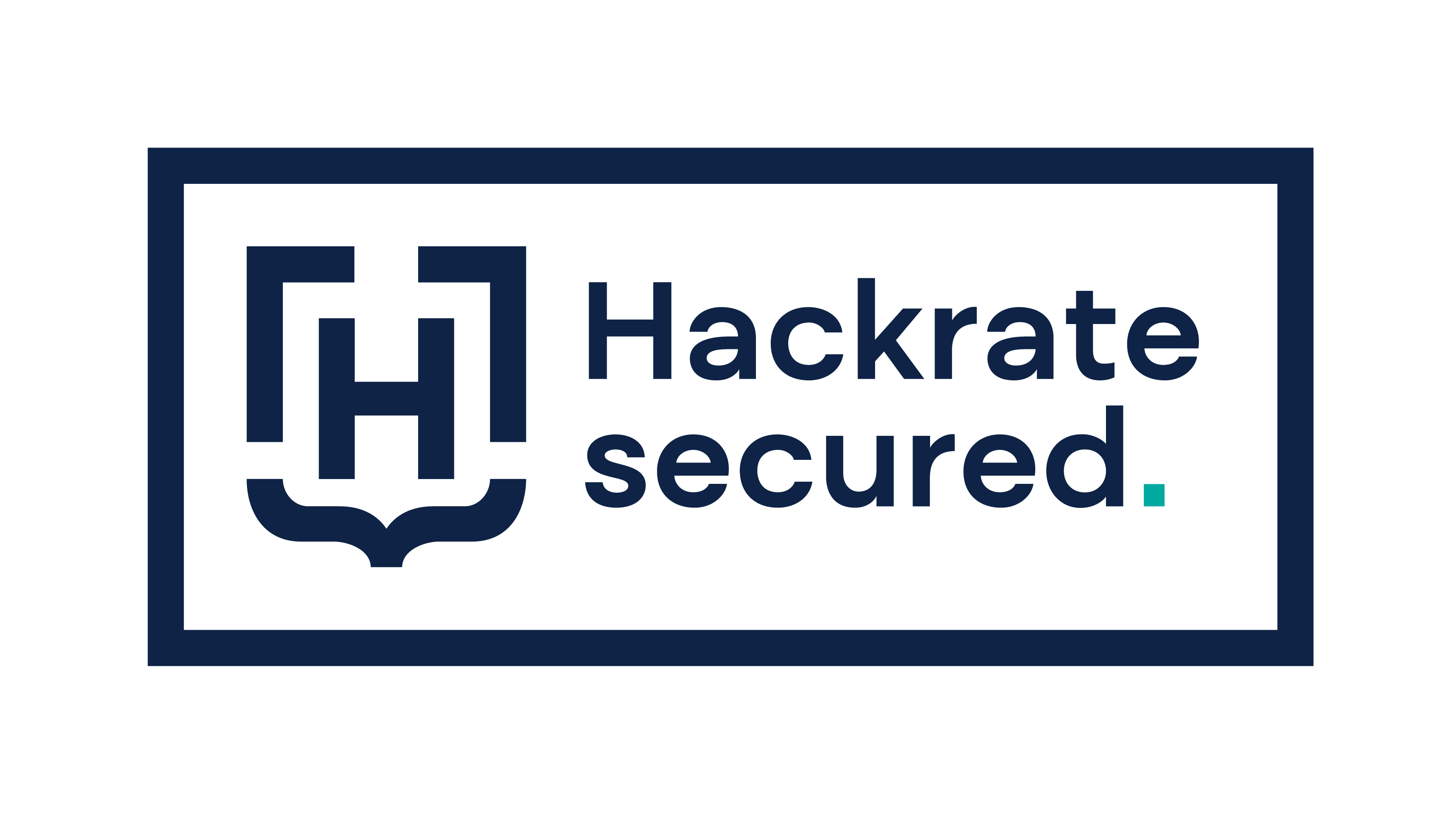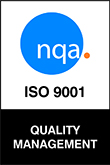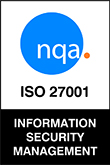Introduction
Today, user rights management is pivotal in maintaining organizational security and efficiency. This blog delves into the hidden costs of excessive user rights, shedding light on the financial and operational risks they pose. By understanding these dangers, organizations can adopt strategic measures to safeguard their assets and streamline operations.
What Are Excessive User Rights?
Excessive user rights refer to unnecessary permissions and access levels assigned to employees or third parties like contractors or supply chain partners. These rights often arise from weak access control measures, leading to unauthorized activities, data breaches, and compliance violations, jeopardizing the organization’s financial health and operational integrity.
Consider a castle where every guard has keys to every door. While this may seem convenient and efficient, it poses a significant security risk. Similarly, excessive, unused or unnecessary user rights occur when employees are given more access rights than necessary for their roles. This often results from inadequate access control policies and outdated security practices, opening the door to unauthorized actions and potential threats to the organization’s foundation.
Why Is It Important To Manage Excessive User Rights?
Effective user rights management isn’t just a technical checkbox; it’s the bedrock of a secure and efficient organization. Here’s why:
- Security: Proper access control acts as a digital fortress, preventing unauthorized data manipulation and safeguarding sensitive information from falling into the wrong hands.
- Compliance: Navigating regulations like GDPR and SOX requires strict adherence to data access protocols. Failing to comply can lead to crippling fines and irreparable reputational damage.
- Operational Efficiency: Appropriate access levels ensure smooth and efficient workflows, maximizing productivity and minimizing bottlenecks.
- Reputation: Strong user rights management demonstrates commitment to data security, fosters stakeholder confidence, and enhances brand reputation.
Financial Risks
Excessive user rights can lead to significant financial liabilities. Data breaches are a primary concern, with the average cost of such incidents reaching millions. For instance, a major European bank faced over $2 billion in losses due to excessive access to unauthorized trading. The loss resulted from unauthorized speculative trading in various S&P 500, DAX, and EuroStoxx index futures. Non-compliance with regulatory standards can also lead to hefty fines, impacting financial stability and organizational credibility.
Operational Risks
Excessive user rights disrupt operations, creating inefficiencies and increasing workloads for IT teams. Employees with unnecessary access can lead to operational failures, such as unauthorized software modifications that delay production. IT teams often divert valuable resources to rectify these access issues, affecting productivity.
Granting unnecessary access rights to employees and third parties increases the risk of intentional or unintentional misuse of corporate digital resources, potentially leading to unexpected failures and disruptions in critical business processes.
Data Breaches and Fraud
Excessive user rights exponentially increase the potential for data breaches and fraud. For example, employees with unnecessary access in a retail company can also expose confidential customer data. Such incidents cause financial loss, erode customer trust and damage reputations. Employees with broad access can exploit their rights for personal gain, undermining organizational integrity.
Access rights granted to third parties should be regularly reviewed and strictly controlled to prevent potential large-scale supply chain attacks, such as the 2013 Target breach, in which criminals accessed 40 million credit and debit card accounts.
Strategies to Mitigate Excessive User Rights
- Automated Risk Assessment: Implement tools to analyze user access data and uncover vulnerabilities.
- Risk Visualization: Use heatmaps and detailed reports to prioritize remediation efforts.
- Customizable Reporting: Provide tailored insights for stakeholders to enhance decision-making.
- Expert Guidance: Collaborate with security experts for comprehensive solutions.
- Regular Audits: Conduct reviews to ensure alignment with best practices.
- Training and Awareness: Educate teams on the importance of access management.
Conclusion
The hidden costs of excessive user rights are substantial, affecting financial stability, operational efficiency, and reputation. By understanding these risks and implementing effective management strategies, organizations can mitigate potential threats and leverage secure user rights for competitive advantage. For further exploration, consider tools and resources that can help optimize user rights management within your organization.
For a deeper dive, explore our SAP use case, SAP Access Risk Heatmap Service, to learn how TheFence can protect your organization from excessive user rights’ financial and operational risks.













